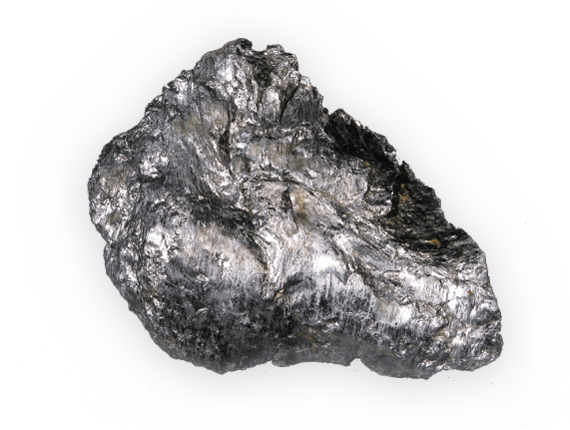Graphano Energy Ltd. is a mining company that is focused on evaluating, acquiring and developing graphite resources with potential—from exploration to production.
Graphite is one of the most in-demand technology minerals that is required for a green and sustainable world. Graphano Energy Ltd. has state-of-the-art, environmentally friendly mining technology. Our property, located in Quebec, Canada, has historically been a natural resource for graphite. With the demand for graphite growing in some of the most prominent and cutting edge industries, such as lithium batteries in electric cars and robotics, we have updated our technology to meet the demands of the future.

GRAPHITE
Graphite is a mineral composed of carbon with a layered structure. It consists of hexagonal rings with six carbon atoms arranged in widely spaced horizontal sheets.
The colour of graphite is dark grey to black, rather opaque and very soft. The hardness is 1 1/2 on the Mohs scale.
Graphite is formed by the metamorphosis of sediments containing carbonaceous material. Graphite occurs as large masses or veins in older crystalline rocks, gneiss, schist, quartzite, and marble, and in granites, pegmatites, and carbonaceous clay shales.
Producing the highest quality graphite takes a comprehensive approach
By sourcing our graphite from the highest quality deposits and partnering with world-class material processing and distribution companies, we are the one-stop-shop for battery-grade graphite.
Where is graphite mined?
Graphite occurs naturally in the form of isolated flakes and grains in carbon-rich metamorphic rocks and as veins in pegmatite. Graphite is currently increasingly mined in countries such as China, Canada, Ukraine, Korea, Madagascar, Zimbabwe, Brazil, Mexico and India, both in open-pit and underground mining.
Different types of graphite
There are two fundamentally different forms of graphite. One is natural graphite, which is extracted from mines, and the other is synthetic graphite, which is produced in large-scale plants from a mixture of various carbonaceous precursor materials by, essentially, thermal treatment.
Structure and properties
Graphite has a layered structure. In each layer, each carbon atom is connected to three others. This creates a two-dimensional network of hexagons. Strong bonds prevail within each layer, but the bonds between the different layers are very weak. As a result, the layers can easily be shifted against each other and even separated. For this reason, graphite is very soft and therefore ideally suited as a dry lubricant.
Latest news
Graphano Commences Drilling Program at Black Pearl Graphite Project
16.09.2025
Graphano is pleased to announce that drilling has commenced at its 100% owned Black Pearl graphite project, located in.
View MoreGraphano Closes $300K Private Placement
05.09.2025
Graphano is pleased to announce that it has closed its non-brokered private placement financing originally announced on August 15,.
View MoreGraphano Applauds Canada’s New Major Projects Office as Catalyst for North American Graphite Supply
03.09.2025
Dr. Luisa Moreno, CEO of Graphano, said: "The MPO's streamlined approvals come at exactly the right time, as our.
View More
